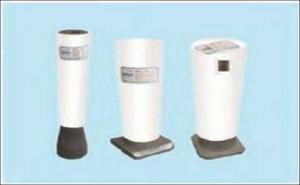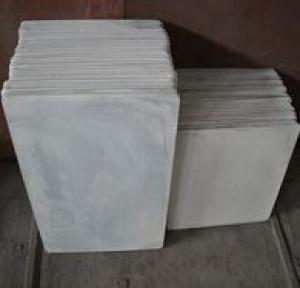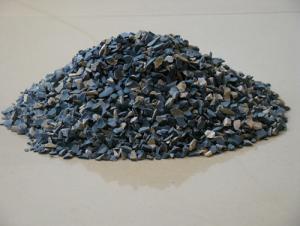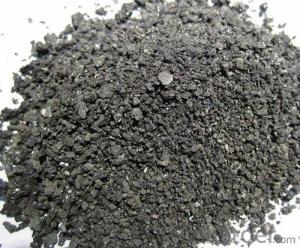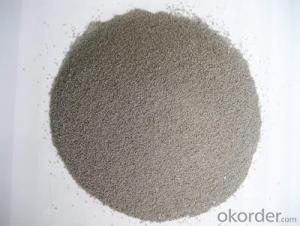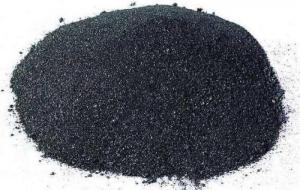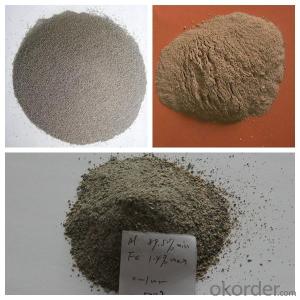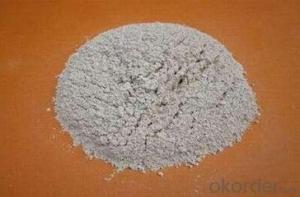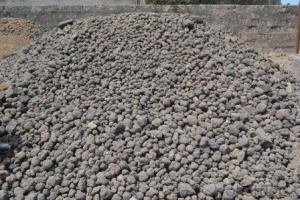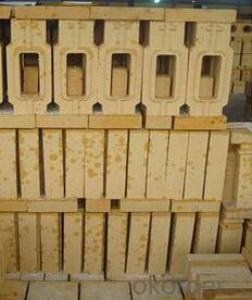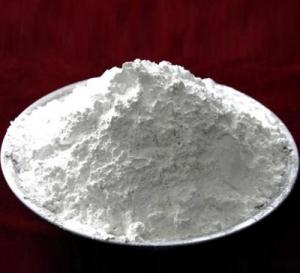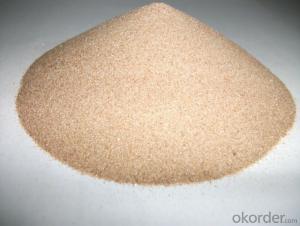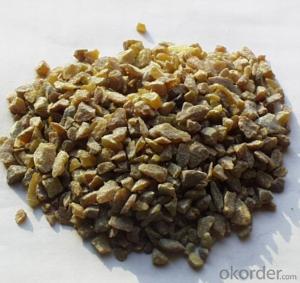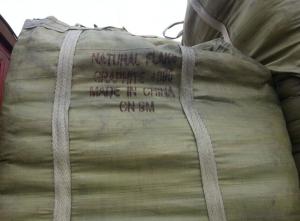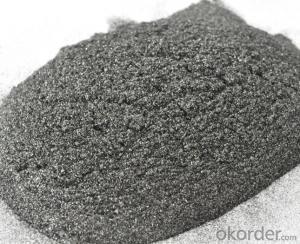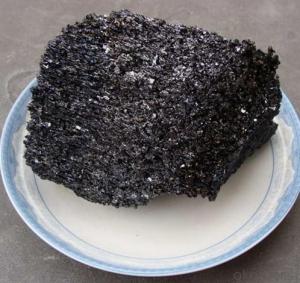All Categories
- - Steel Wire Rod
- - Steel Coils
- - Steel Profiles
- - Steel Pipes
- - Stainless Steel
- - Tinplate
- - Special Steel
- - Steel Sheets
- - Steel Rebars
- - Steel Strips
- - Hot Rolled Steel
- - Cold Rolled Steel
- - Pre-painted Steel
- - Seamless Steel Pipe
- - Welded Steel Pipe
- - Hollow Steel Tubes
- - Galvanized Pipe
- - Stainless Steel Coil
- - Stainless Steel Sheet
- - Stainless Steel Plate
- - Stainless Steel Strips
- - Electrolytic Tinplate Coil
- - Electrolytic Tinplate Sheet
- - Stainless Steel Rebars
- - Solar Panels
- - Solar Water Heater
- - Solar Related Products
- - Solar Inverter
- - Solar Cells
- - Solar Light
- - Solar Energy Systems
- - Solar Controllers
- - Solar Mounting System
- - Solar Pump
- - Solar Chargers
- - Fiberglass Chopped Strand
- - Fiberglass Mesh Cloth
- - Composite Pipes
- - FRP Pultrusion Profiles
- - Fiberglass Mat Tissue
- - Fiberglass Fabrics
- - Fiberglass Mesh
- - Composite Tank
- - Fiberglass Mesh tape
- - Polymer
- - FRP Roofing Panel
- - Fiberglass Roving
- - Monolithic Refractories
- - Ceramic Fiber Products
- - Refractory Bricks
- - Raw Materials For Refractory
- - Suspended Platform
- - Cranes
- - Concrete Machinery
- - Earthmoving Machinery
- - Building Hoist
- - Road Building Machinery
- - Plastic Pipe Fittings
- - Plastic Tubes
- - Plastic Sheets
- - Agricultural Plastic Products
- - Plastic Nets
Q & A
What are the properties of insulating firebricks and their uses?
Insulating firebricks are lightweight refractory materials that possess excellent thermal insulation properties. They have low thermal conductivity, high heat resistance, and can withstand temperatures up to 3000°F (1650°C). These firebricks are primarily used in high-temperature applications where insulation is crucial, such as in furnaces, kilns, and industrial ovens. They effectively reduce heat loss and improve energy efficiency, making them ideal for heat containment and preservation. Additionally, their insulating properties make them suitable for creating fire-resistant barriers and linings in various industrial settings.
How does mica enhance the performance of refractory materials?
Mica enhances the performance of refractory materials by improving their thermal and electrical insulation properties. Due to its high melting point and excellent heat resistance, mica acts as a barrier against heat transfer, preventing the degradation of refractory materials. Additionally, mica's ability to withstand high temperatures and resist chemical corrosion makes it an ideal additive in refractories, enhancing their overall durability and longevity.
How do raw materials impact the density of refractory products?
Raw materials can significantly impact the density of refractory products. The composition and characteristics of the raw materials used in the manufacturing process determine the density of the final product. Different raw materials have various densities, and their combination in specific proportions affects the overall density of refractory products. For instance, using raw materials with higher densities will result in a denser refractory product, while lighter raw materials will lead to a lower density product. Hence, the selection and manipulation of raw materials play a crucial role in determining the density and subsequent properties of refractory products.
What are the main sources of talc in refractory raw materials?
The main sources of talc in refractory raw materials are talc mines and deposits found in various parts of the world. These mines are rich in talc mineral and are the primary source of talc used in the production of refractory materials.
Wholesale Raw Materials For Refractory from supplier in Egypt
Whether you are interested in exploring the ancient wonders of Egypt or in partnering with us for your raw material needs, we are here to assist you. Contact us today to learn more about our products and services, and let us be your gateway to the fascinating world of Egypt.
Hot Search
- Monolithic Refractories in Montenegro
- Ceramic Fiber Products in Panama
- Refractory Bricks in Chile
- Raw Materials For Refractory in Honduras
- Refractory Bricks in Kuwait
- Monolithic Refractories in Belarus
- Monolithic Refractories in Malta
- Raw Materials For Refractory in Laos
- Monolithic Refractories in Serbia
- Raw Materials For Refractory in Barbados
